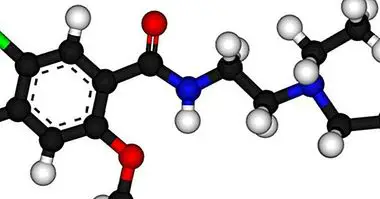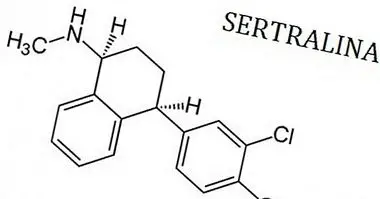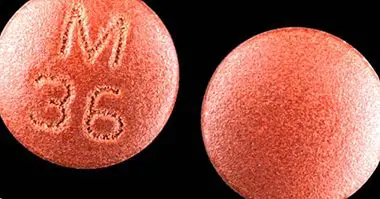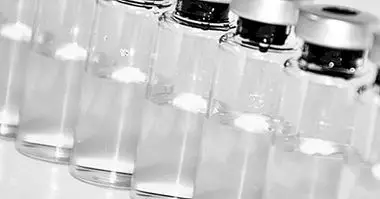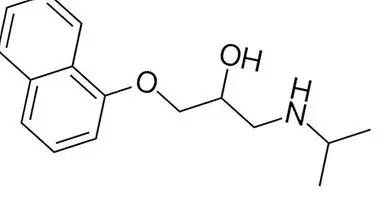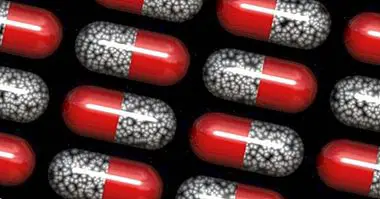Types of psychostimulants (or psychoanalytics)
We go out partying and we want to hold dancing all night. We have to study for an exam or deliver a project in a too short period of time. In these and similar situations one's physical and / or mental energy can quickly diminish until we are exhausted.
Some people, aware of this fact or simply for recreational purposes, they decide to consume substances to raise their level of activation and mood . These substances that maintain or raise the level of activation are called psychostimulants, being in many cases substances with an enormous addictive potential.
But the concept of "psychostimulant" does not refer to a specific and well-defined class of substance. Rather, there are different types of psychostimulants which are studied both from clinical psychology and from psychiatry. Let's see what they are and what characteristics they present.
Psychostimulants or psychoanalysts
Psychostimulants are a group of substances with psychoactive effects whose main effect is to produce an increase in brain activation . This increase generally produces an alteration and acceleration of activity and mood, as well as metabolism. Also called psychoanalytics, the type of alteration they cause supposes a state of stimulation perceptible in a subjective way by the sufferer, without this having to affect the state of consciousness.
The effect of these substances is mainly due to their interaction with the mechanisms of reuptake or release of neurotransmitters, especially dopamine and noradrenaline. For this very reason they are highly addictive substances , to greatly affect the brain reward mechanism.
The use of these substances can be derived from a large number of factors. Sometimes they are used in medicine for the treatment of some disorders , being used as anesthetics or for its effects on behavior. In many cases its use is purely recreational, running the risk of abusive consumption, poisoning and withdraw withdrawal syndromes (in which effects appear contrary to those generated by intoxication).
Because they allow to increase the level of physical and mental activity, they are sometimes used to improve physical performance or maintain the ability to concentrate during the study . Other substances included in this group are frequently consumed in the usual diet, precisely because of their stimulant effects, or they are started and continue to consume due to social reinforcement.
Main types of psychostimulants
The group of substances known as psychostimulants consists of several substances that have in common the increase in stimulation and activity they cause. As the main components of this category we found cocaine, amphetamines, xanthines and nicotine .
The first two and its derivatives are considered major stimulants, generally consumed illegally and for recreational purposes although in some cases they are used at the medical level to treat some disorders and symptoms. As regards the last two, xanthines and nicotine, they are a type of psychostimulants considered to be lower when they provoke a lower stimulation (although more controllable).
1. Cocaine
Initially elaborated for medicinal purposes, this psychostimulant obtained from the plant Erythrosylon coca It is one of the most known and dangerous excitatory substances of vegetable origin, besides being among the most addictive drugs.
Cocaine acts at the neurochemical level blocking the reuptake of monoaminergic neurotransmitters , producing a profound effect especially in the dopaminergic transmission. Being dopamine one of the main responsible for the brain reward system, this causes us to be faced with a substance with a high addictive potential.
Generally consumed by nasal aspiration, its administration produces important behavioral changes with surprising rapidity. After consumption Euphoria and hyperexcitation appear, uninhibiting behavior and causing perceptual changes and even in some cases hallucinations. It increases the vividness of the subject, increasing the heart rate and tension at the physical level. There appear feelings of greatness that together with the expansive mood can lead to aggression. The effects last relatively short-lived.
Its effects are also well known when combating the sensations of hunger and cold, as well as inhibiting pain. For that reason has been used as an analgesic and even used by the army during great warlike conflicts, such as the First World War.
The appearance of dependence on this type of psychostimulant is frequent, as well as intoxications and withdrawal syndromes . In the latter case, the effects are the opposite of those caused by the consumption: lowering of the mood can lead to depressive symptoms and anhedonia, fatigue, hypersomnia, hypothermia, intense hunger and compulsive desire to use drugs or craving.
2. Amphetamines
Popularized among the soldiers during the Second World War for their ability to combat the decayed state of mind and decrease fatigue, Amphetamines are a type of psychostimulant with effects similar to those of cocaine .
Initially it produces a sensation of well-being or "high" followed by behavioral and social disinhibition, hyperactivity and little capacity for reasoning.
It also has a bronchodilator effect and decreases appetite. Its mechanism of action also affects monoamines , acting above all in dopamine and noradrenaline by blocking its reuptake. But, in addition to the blockade of the recapture they cause that it is released in more quantity, with what the effects are more lasting than those of the cocaine. When it lasts longer, consumption distances more over time. Even so, there is still a high risk of dependence on this type of substance.
Nonetheless, At the medical level, amphetamine derivatives are used to treat multiple disorders . Specifically, its effects have been used in the treatment of obesity, narcolepsy and it was initially used as a treatment for asthma, although over time other substances have been administered.
Although it may seem strange due to the high level of activity that many of those who suffer from it, another of the disorders in which an amphetamine derivative is used is ADHD, since they increase the ability to concentrate and produce an improvement in the symptoms.
3. Xanthines
Although the name of xanthine can not tell us anything at first the substances grouped under this name are some of the most consumed by the majority of the population. We are talking about caffeine, theophylline or theobromine : mainly coffee, tea and chocolate, although they can also be found in soft drinks and energy drinks.
These are products consumed en masse by most of the population in relatively low doses, being unlikely the appearance of problems of dependence, abuse or abstinence. Its main effects are an increase in activity level, decrease in fatigue and fatigue and a slight improvement in mood.
The performance of the xanthines is mainly due to an antagonistic action on adenosine , an action that would result in a greater presence and transmission of catecholamines (including dopamine, noradrenaline and serotonin).
In the case of caffeine, cases of physiological dependence and rebound effect have been found after stopping taking it. Excessive or excessive consumption can cause anxiety symptoms such as restlessness, insomnia or accelerated thinking. Although excessive doses can cause death due to respiratory failure, the amount needed is so high that it is not likely.
4. Nicotine
When we think of someone who smokes we usually imagine someone trying to relax by using tobacco. But nevertheless, although it may seem paradoxical nicotine is actually an exciting substance , producing an indirect effect on dopamine, serotonin and noradrenaline. That is why it is included within the main types of psychostimulants.
Extracted from the plant Nicotiana tabacum , nicotine acts producing an increase in neuronal activity by acting on certain acetylcholine receptors called nicotinic, increasing the excitability of the neuron. With this Get neurotransmitters, especially dopamine, to be released more easily . In addition, as is known, it is a highly addictive substance.
The fact that many people consider smoking to be relaxing is due to the fact that the behavioral effects of this substance vary according to the dose and the pattern of consumption. At lower doses the excitatory effect is more visible, producing disinhibition and a higher level of activity, vigilance and performance .
However, if the nicotine consumption is very high or prolonged over time, the neurons are overexcited and it ends up generating a depressant effect on the nervous system, which behaviorally becomes sedative or tranquilizer.
Bibliographic references:
- American Psychiatric Association. (2013). Diagnostic and Statistical Manual of Mental Disorders. Fifth edition. DSM-V. Masson, Barcelona.
- Salazar, M .; Peralta, C .; Pastor, J. (2006). Manual of Psychopharmacology. Madrid, Panamericana Medical Publishing House.
- Santos, J.L. ; García, L.I. ; Calderón, M.A. ; Sanz, L.J .; de los Ríos, P .; Left, S .; Román, P .; Hernangómez, L .; Navas, E .; Thief, A and Álvarez-Cienfuegos, L. (2012). Clinical psychology. CEDE Preparation Manual PIR, 02. CEDE. Madrid.


